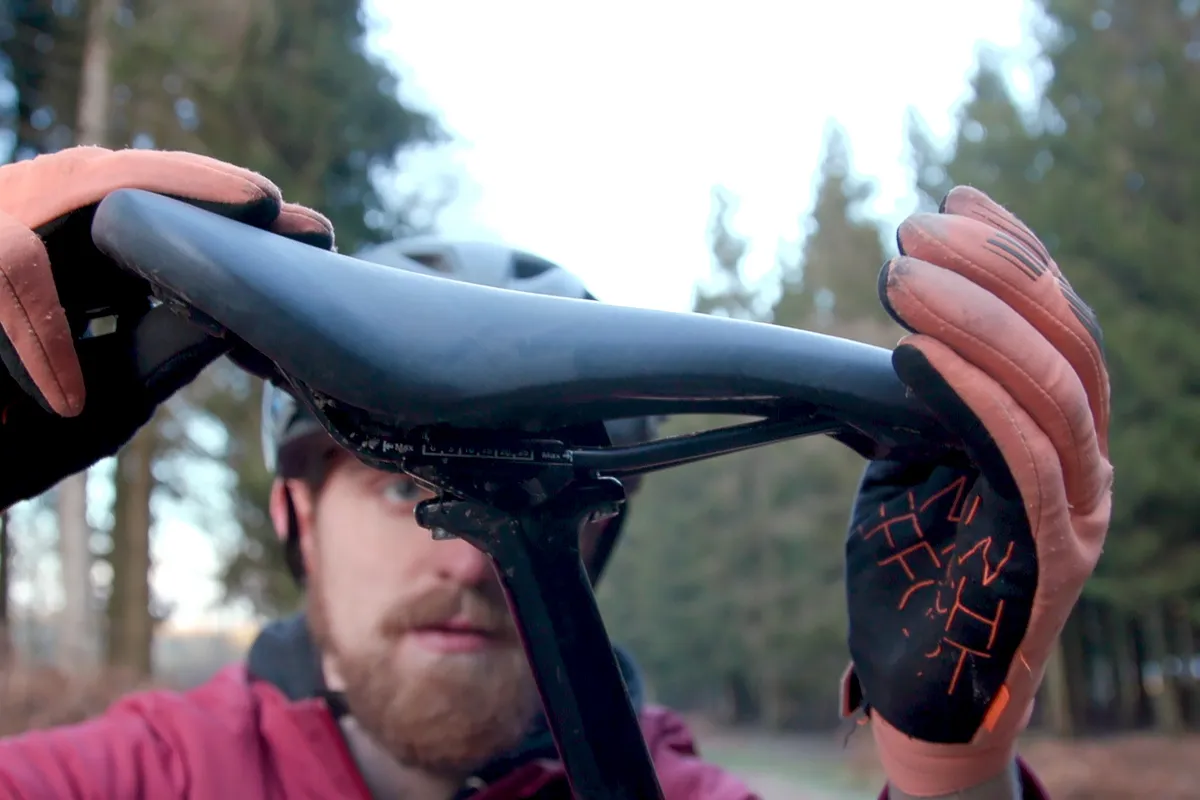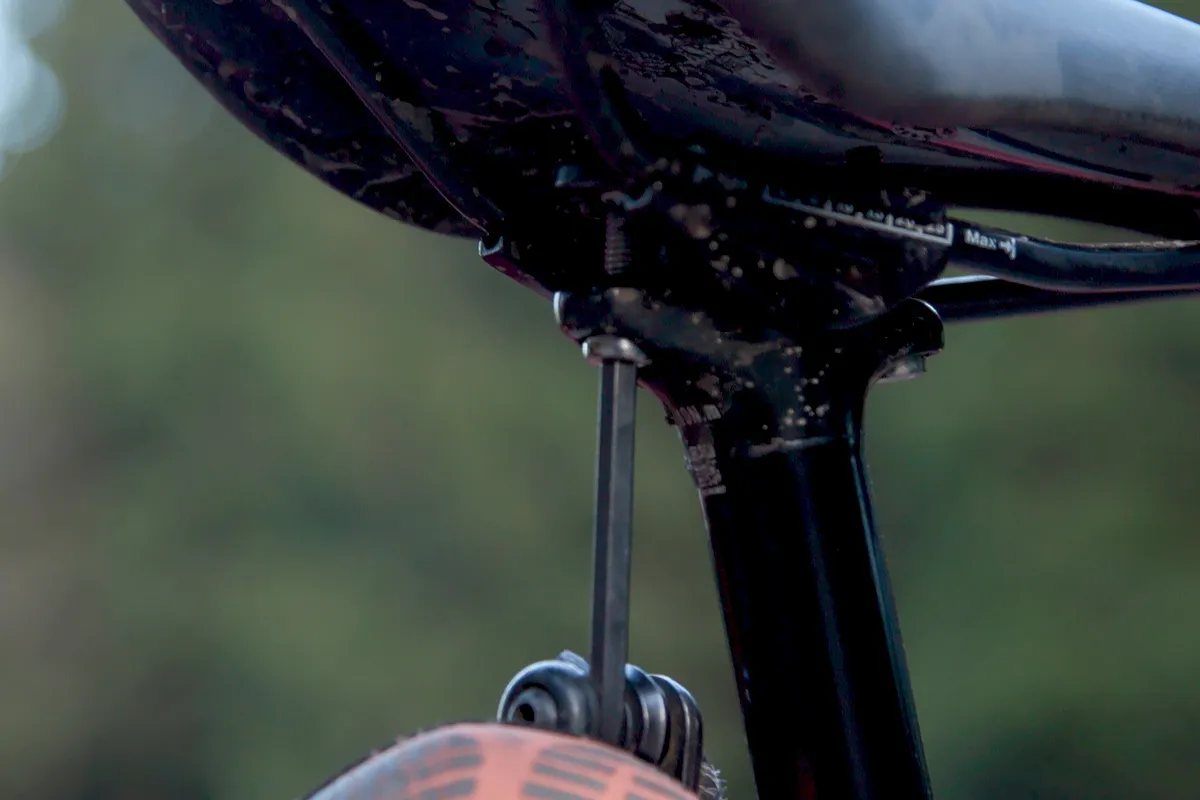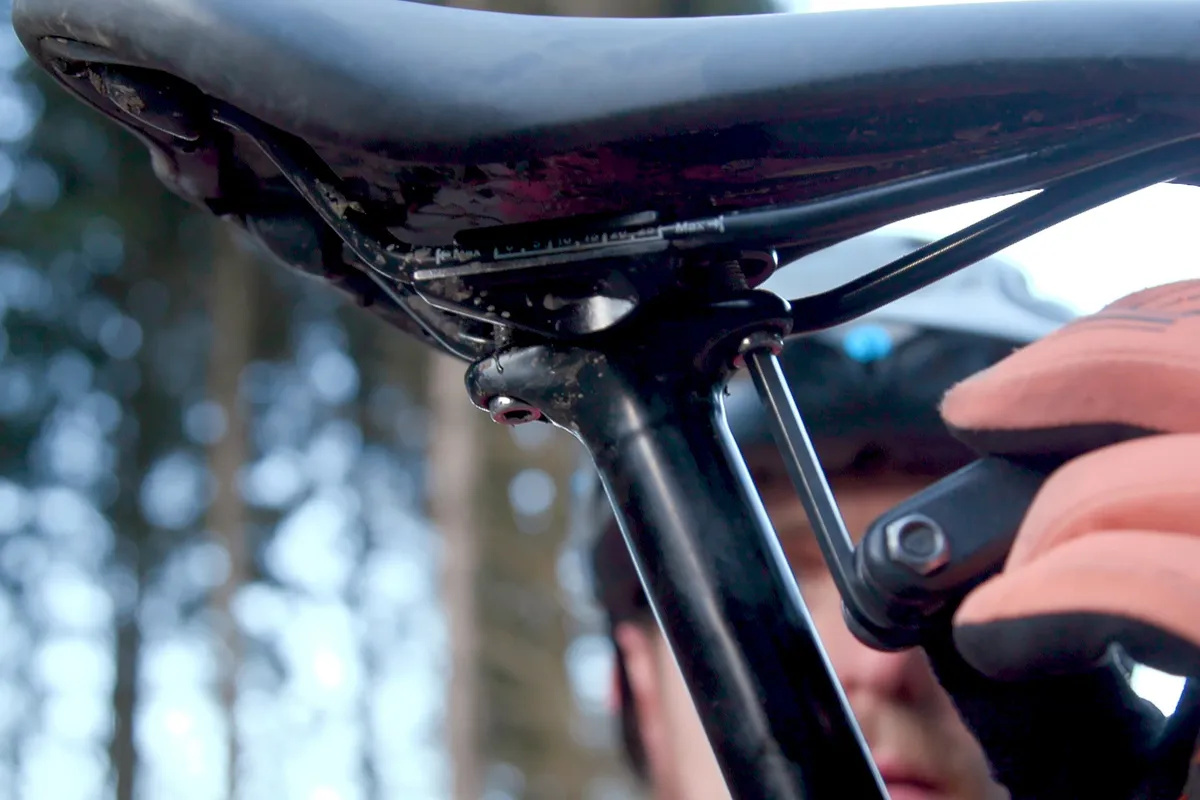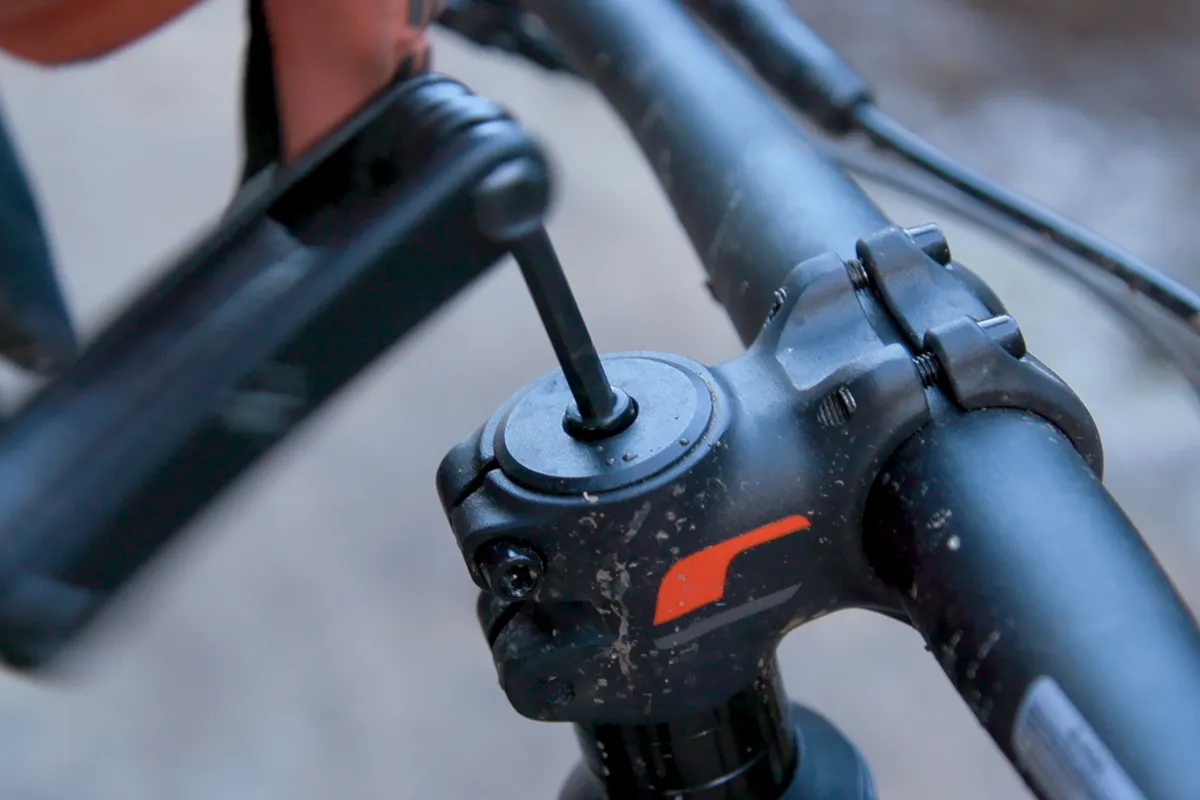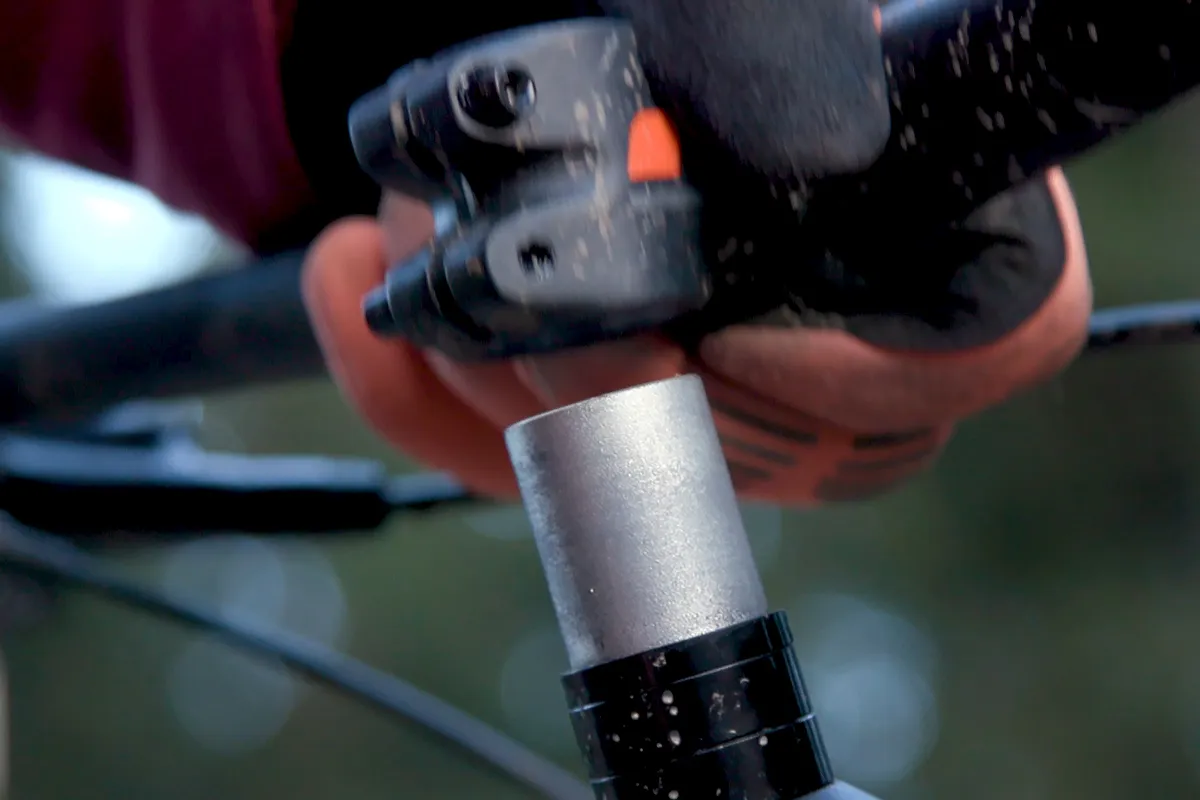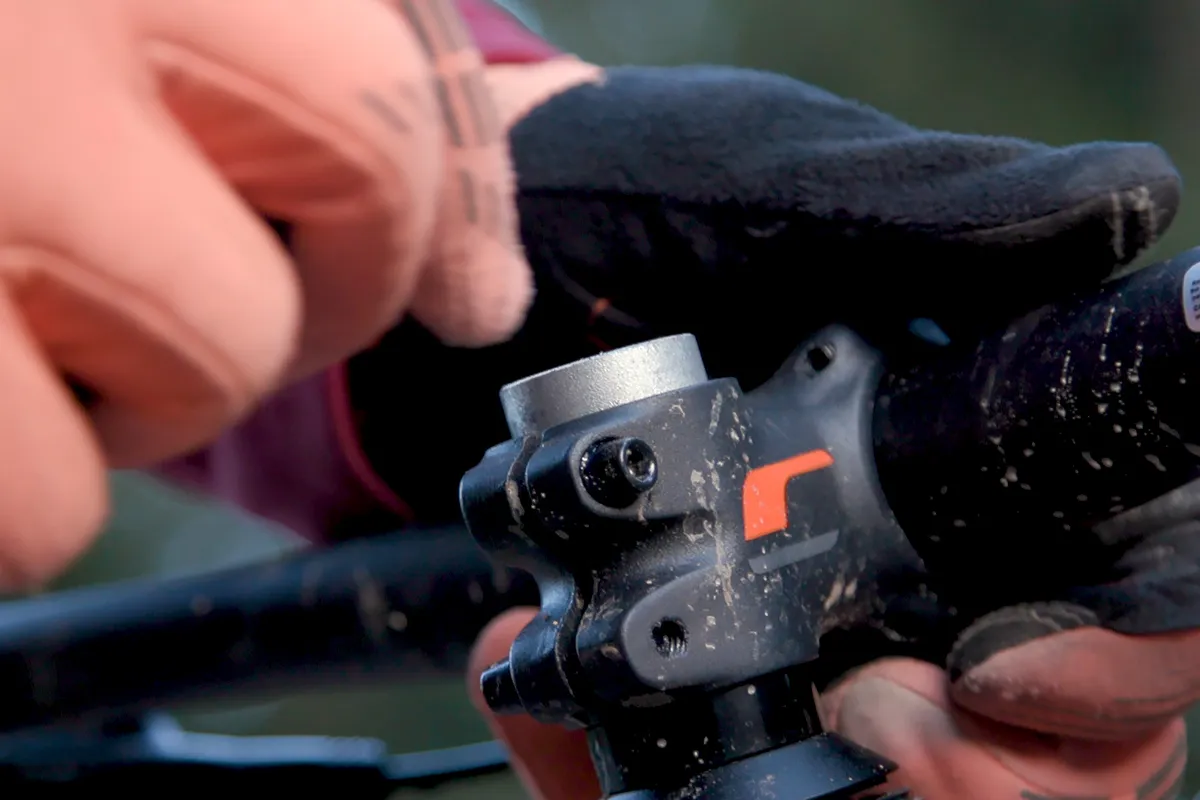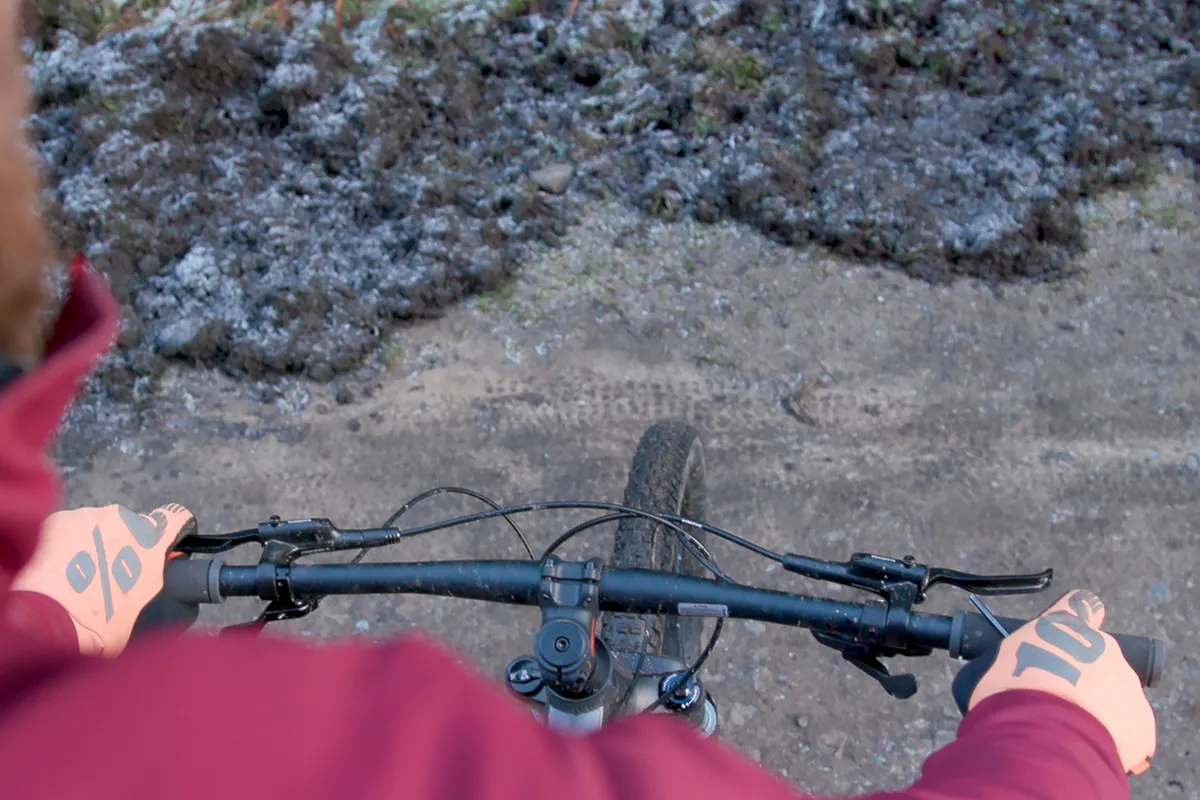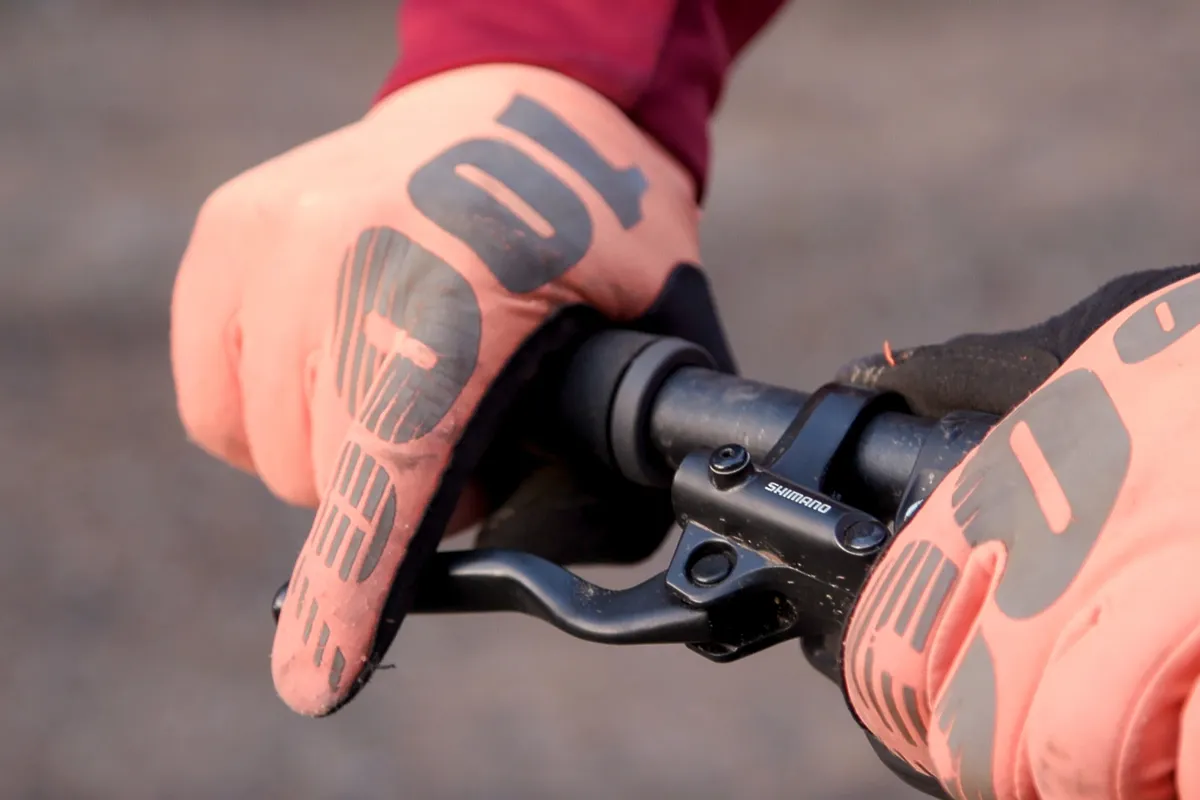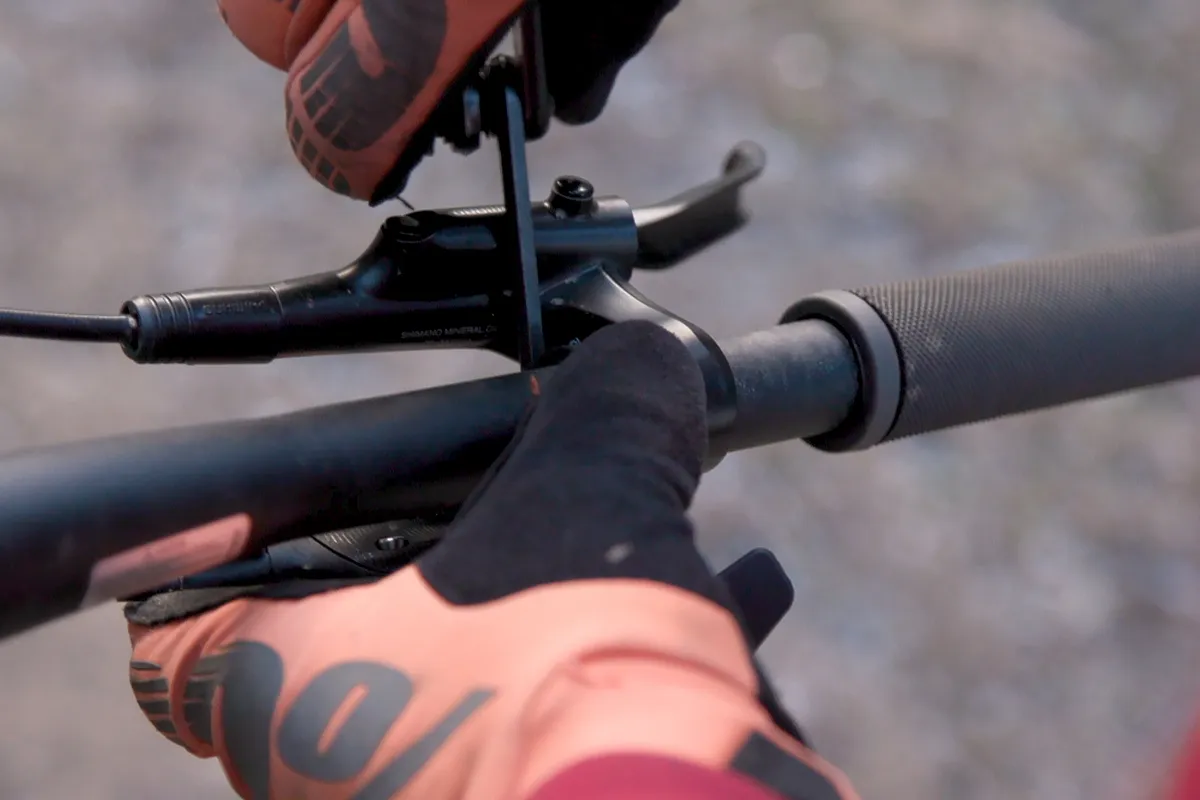Whether you’ve just taken delivery of a brand-new bike or had it for years, this guide should offer some pointers on how to set up your mountain bike.
Technology such as mountain bike suspension forks requires adjustment according to a host of factors. The way the bike rides and feels is also influenced by components, from your mountain bike pedals down to your mountain bike shoes.
What's more, the best mountain bike tyres won't fulfil their potential - and could lack traction - unless your bike is suitably configured. Incorrect saddle height and angle can cause even the best mountain bike wheels to feel jittery on descents.
This is the procedure I use to set up test bikes before hitting the trails. It’s not going to get everyone’s bike perfect first time, but it’s a handy checklist that should put most people in a comfortable position without too much fuss.
You can either watch the video below or read the article for more detailed instructions.
How to set up a mountain bike in 7 simple steps
1. Set your saddle height
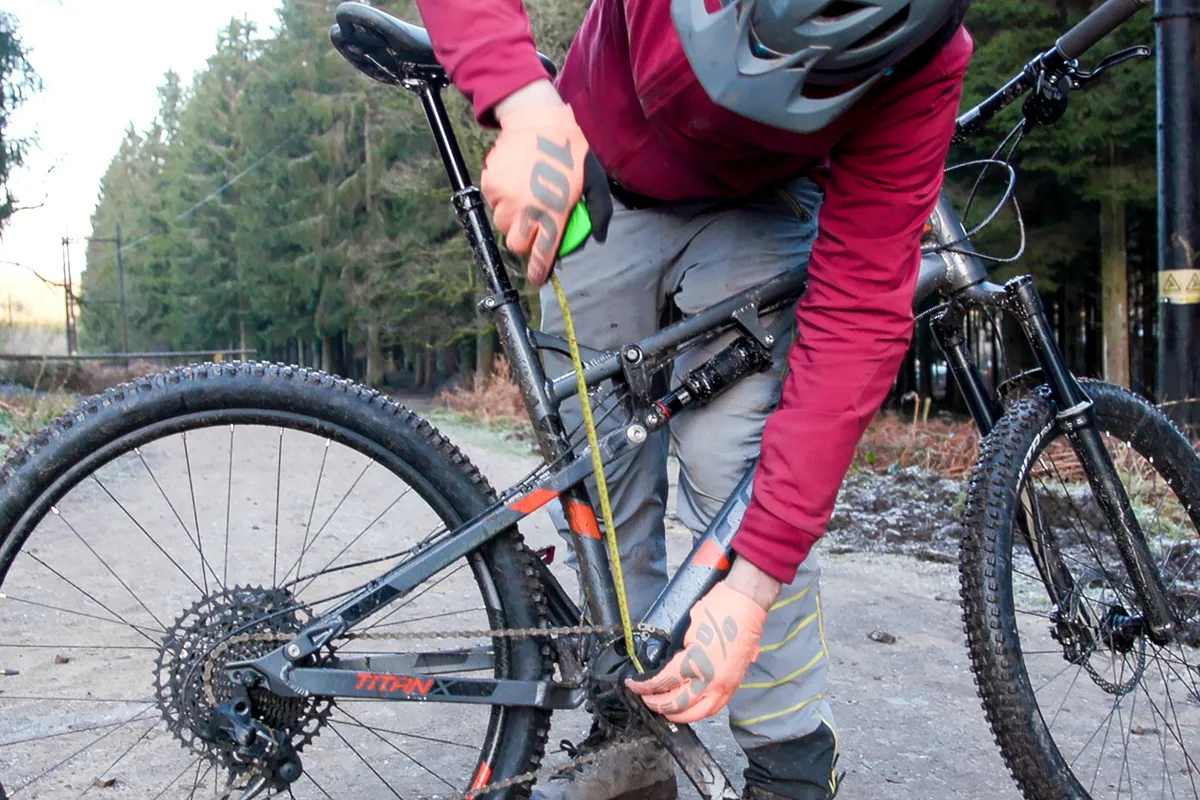
This may sound obvious, but saddle height is critical to comfort and too often adjusted incorrectly. The wrong saddle height can lead to sore knees or hips and less power to the pedals.
Read our guide on how to get your saddle height right if you're not sure.
If you already have a bike that you’re sure has the correct saddle height, measure the distance from the centre of the bottom bracket to the top of the saddle and transfer this measurement across to the new bike.
To adjust, loosen the saddle clamp, wiggle the seatpost up or down, align the saddle with the top tube and re-tighten the clamp.
Note that it may still pay to fine-tune the height further to compensate for different saddle softness, crank length or shoe and chamois choices.
2. Set the angle and position of the saddle
Most people find the ideal saddle angle is either horizontal or angled slightly nose-down. Although I see it all the time, I haven’t met anyone who has ridden with the nose pointing up and not breathed a sigh of relief once they angle it down a bit.
If your nose is pointed too far down, it can cause you to slide forwards and put more strain on your wrists to brace against the bar.
However, on full-suspension bikes, many riders prefer to point the nose steeply down to compensate for the change in angle as the rear suspension squats into its travel, particularly when climbing.
Learning how to adjust your mountain bike saddle angle allows you to experiment and find what works best for you.
It can also pay to adjust the fore-aft position of the saddle. Sliding it forwards will effectively steepen the seat tube angle, and so help the bike climb more eagerly with less front-wheel lift. On the other hand, slide it too far forward and the cockpit can feel cramped.
To adjust this with a twin-bolt seatpost, loosen the rear bolt (anti-clockwise) to angle the nose down or the front bolt to tilt it up. While the bolts are loose, slide the saddle forwards or backwards, if desired.
Next, tighten up the other bolt (clockwise) until the desired angle is reached, then tighten both bolts alternately until they’re torqued to the manufacturer’s seatpost recommendations – or tight enough to stop the saddle creaking.
3. Adjust the bar height
Handlebar height is a key adjustment that requires experimentation to find the right posture and weight distribution.
Raising it will allow you to get your weight back on steep descents, while enabling you to push the front wheel into holes and downslopes more effectively. Too high, though, and you’ll struggle to get enough weight over the front wheel on flat turns or steep climbs.
As a starting point for trail/enduro riding, try setting the grips so they’re roughly level with (or slightly below) the saddle when it’s at full pedalling height.
To change it, remove the top-cap bolt (anti-clockwise) and loosen the stem-clamp bolts enough to slide the stem off.
Swap spacers to below the stem to increase bar height or vice-versa. Refit the stem, tighten the top cap enough to stop any play, but not so tight as to make the headset stiff or creaky. Align the stem with the front wheel and tighten the stem bolts to the manufacturer’s specs.
4. Set the bar roll
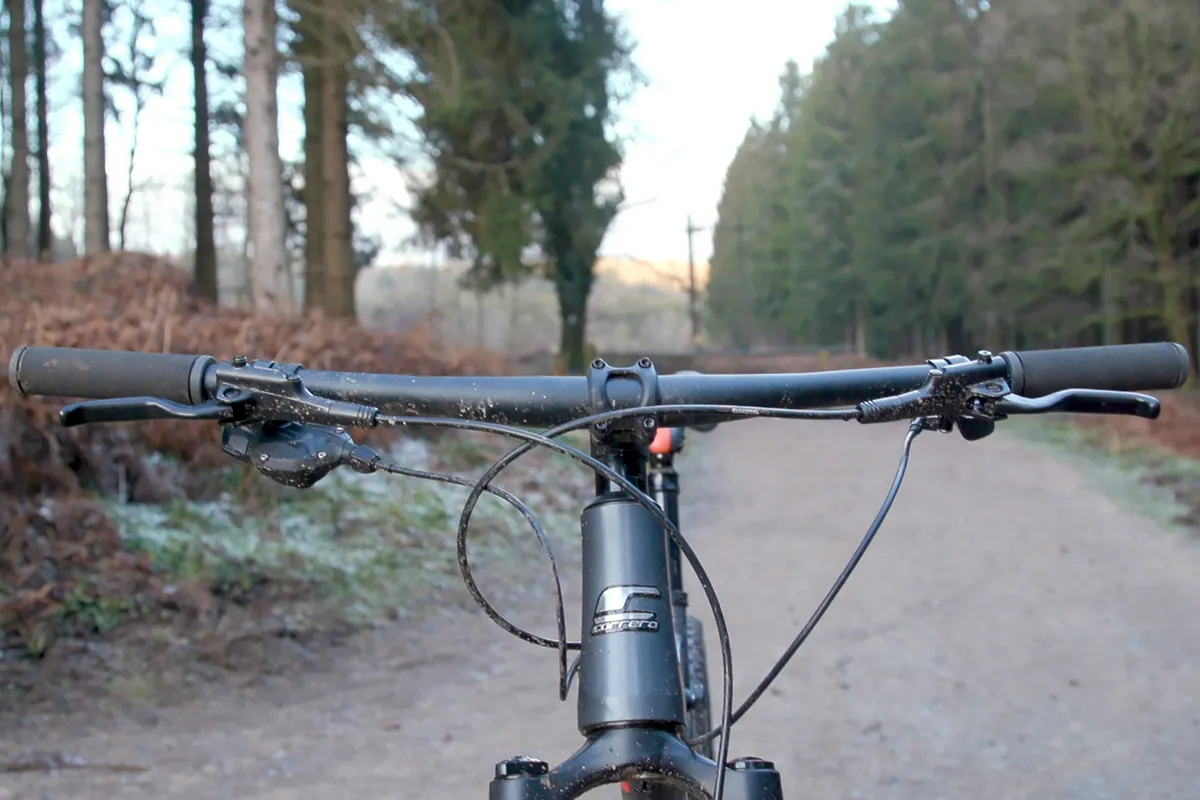
Rolling the bar forwards in the stem, so the bar tips have more upsweep and less backsweep, can bring your elbows out and encourage your weight forwards into a more aggressive position. Rolling it back towards horizontal bar tips can help get your weight back on steep descents.
If you're unsure, start with the bar tips pointing a few degrees up from horizontal. Loosen the top two stem faceplate bolts just enough to freely rotate the bar. Look at the bar horizontally and adjust until the tips are pointing just up from horizontal, then re-tighten to the stem maker’s specs.
5. Set the position of the brake levers
Loosen the brake lever clamp bolt (anti-clockwise) enough to freely slide the lever body along the bar.
You may also need to loosen any shifters or dropper-post remotes before you can move the brake lever to where it needs to be. Don’t worry about the other controls for now, the brakes are your priority.
With your hand in its natural position on the grip, find the position where your index finger sits comfortably on the outboard edge of the lever blade for maximum leverage.
Now tighten the clamp bolt just enough to hold the levers in place, but leave them loose enough to rotate on the bar.
Set the lever angle. There’s a lot of personal preference when it comes to lever angle, but I’d suggest starting with the lever blade about 30 degrees below horizontal.
When you’ve found a position you’re happy with, re-tighten the clamp bolt to the manufacturer’s specs.
Set the other lever symmetrically. You can measure the distance between the grip and the lever body to set the same horizontal position, and judge the angle by eye so it matches the first lever.
6. Set the position of the other controls
Next, fit the shifter(s) and dropper-post remote around the brakes by loosening the clamp bolts so you can slide the controls horizontally and rotate them on the bar.
With one hand on the grip in the riding position, adjust the shifter or remote with the other hand to find the most ergonomic position.
In the case of SRAM’s MatchMaker shifters, you can swap the T25 securing bolt with the 3mm grub screw to move the shifter inboard or outboard. For some bikes, you may have to swap the position of the shifter and brake lever to get the best position.
7. Set up your suspension
We’ve made a separate video explaining how to set up your mountain bike suspension. It includes dialing in the sag, spring rate and rebound damping.
It also shows you how to test if your bike is balanced and progressive enough. It’s a good starting point that should have your suspension at least in the right ballpark before you hit the trails.
